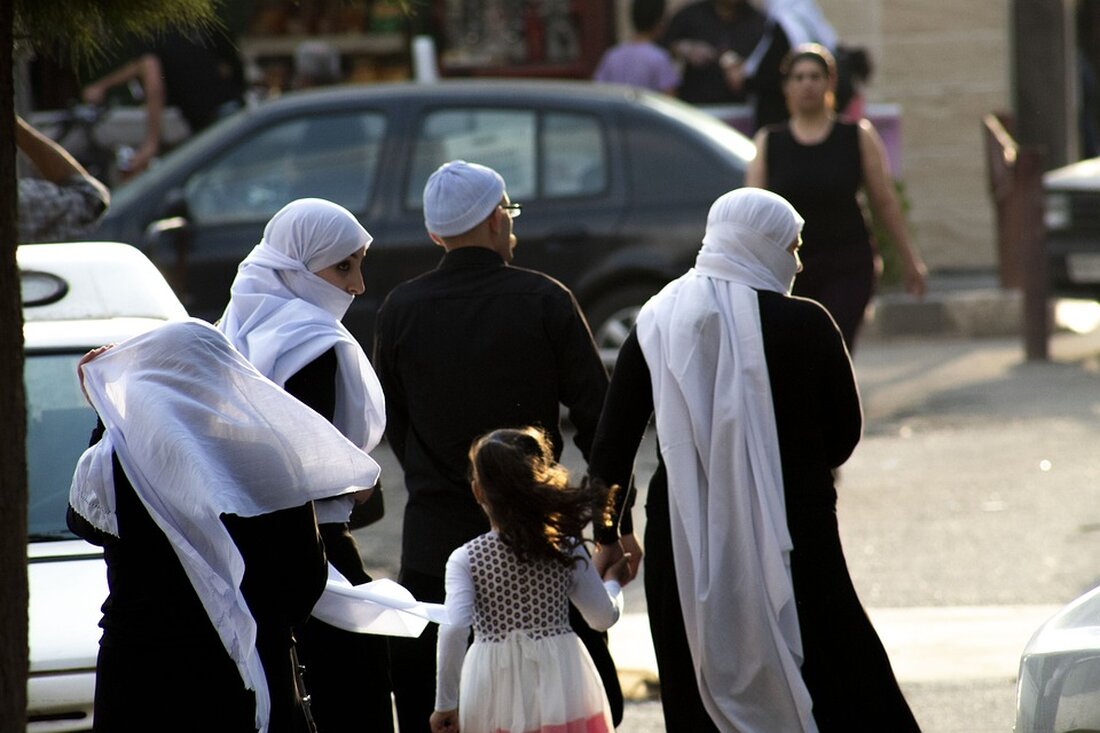News from Syria: A compact guide
What is happening in Syria? A new rebel attack on Aleppo is shaking up the stalemate that has lasted since 2016. Find out more about the background and the actors in the conflict.

News from Syria: A compact guide
Syria's civil war is back in focus after a new rebel coalition a surprise attack which entered the country's second largest city, Aleppo. This offensive marks the first time opposition forces have seized territory in Aleppo since 2016 and breaks the long-standing stalemate in the conflict, which has never officially ended. The renewed conflict has claimed more than 300,000 lives and driven nearly 6 million refugees from the country. It also has far-reaching effects on the region and beyond.
What happened in the civil war in Syria?
At the height of the Arab Spring in 2011, pro-democracy protesters took to the streets in Syria, demanding the overthrow of authoritarian President Bashar al-Assad. These protests were met with deadly violence. As Assad and his troops crushed the pro-democracy movement, an armed opposition began to form, consisting of small organized militias and some deserters from the Syrian military. The opposition forces were decentralized, had different ideologies, but a common goal: the overthrow of Assad. They received various backing from foreign powers, including neighboring Türkiye, regional heavyweights Saudi Arabia and the United Arab Emirates, and the United States.
International support and the rise of extremist groups
As anti-government forces grew, Syria's allies, Iran and Russia, also increased their support. On site, the Iranian Revolutionary Guard, together with the Lebanese militia Hezbollah, helped fight the armed rebels. In the air, the Syrian Air Force received reinforcements from Russian fighter aircraft. Extremist Islamists, including al-Qaeda, began to show interest in Syria and aligned themselves with the moderate Syrian opposition, which did not support jihadist involvement. But by 2014, extremists dominated and the Islamic State (ISIS) spread in the country, prompting international intervention led by the US to combat the group but without challenging the Syrian regime. The Syrian Democratic Forces (SDF), a U.S. partner made up of Kurdish fighters, fought against ISIS, effectively ending that group's territorial existence.
Current developments and restart of the conflict
In 2020, Russia and Turkey reached an agreement for a ceasefire in Idlib's last remaining opposition to establish a security corridor with joint patrols. There have been no major flare-ups since then, but the Syrian government has never been able to regain all of its territory. However, the events in Aleppo show that armed resistance never completely disappeared.
Reasons for the re-ignition of the conflict
The offensive began on Wednesday after the rebels formed a new coalition called the Military Operations Command. They quickly moved through villages outside Aleppo and, according to local residents, they now control much of the city with little resistance. The fighters say they are eager to liberate occupied territory and are responding to increased attacks by government and pro-Iran militia groups. The rebels may be trying to take advantage of a weakened government whose main allies are preoccupied with other conflicts. Russia invaded Ukraine in 2022 and poured massive resources into this war. At the same time, Iran has suffered a series of attacks from Israel, particularly hitting Hezbollah hard. Analysts told CNN that the Syrian rebels are using the vacuum created by Hezbollah to advance in Syria.
Who are the rebels?
The new grouping consists of a wide range of opposition forces, from Islamist factions to moderates. The coalition is led by Hayat Tahrir al-Sham (HTS), a former al-Qaeda affiliate in Syria formerly known as the al-Nusra Front. This group has officially cut ties with al-Qaeda and is acting as the de facto rulers in Idlib. It was supported by groups previously supported by Turkey and the United States. The situation is further complicated as the SDF has taken over some of these positions. The SDF consists mainly of Kurdish fighters from the so-called People's Protection Units (YPG), who have previously fought against other Syrian opposition groups. Neighboring Türkiye views the YPG as an extension of a group it considers a terrorist organization.
This article was co-authored by CNN's Eyad Kourdi, Ben Wedeman, Mostafa Salem and Christian Edwards.

 Suche
Suche
 Mein Konto
Mein Konto
